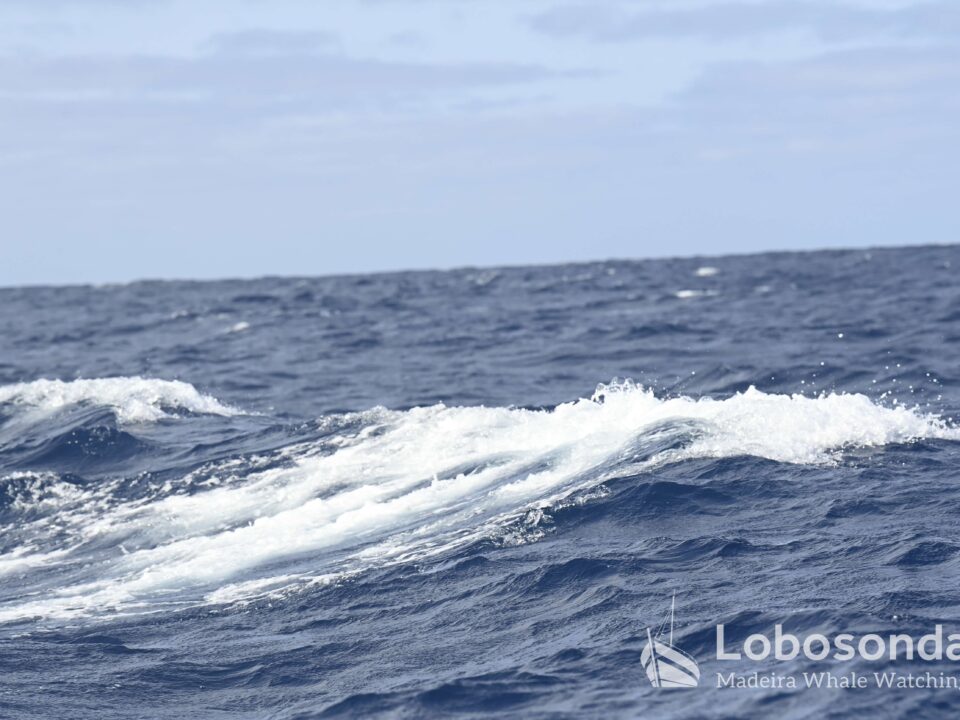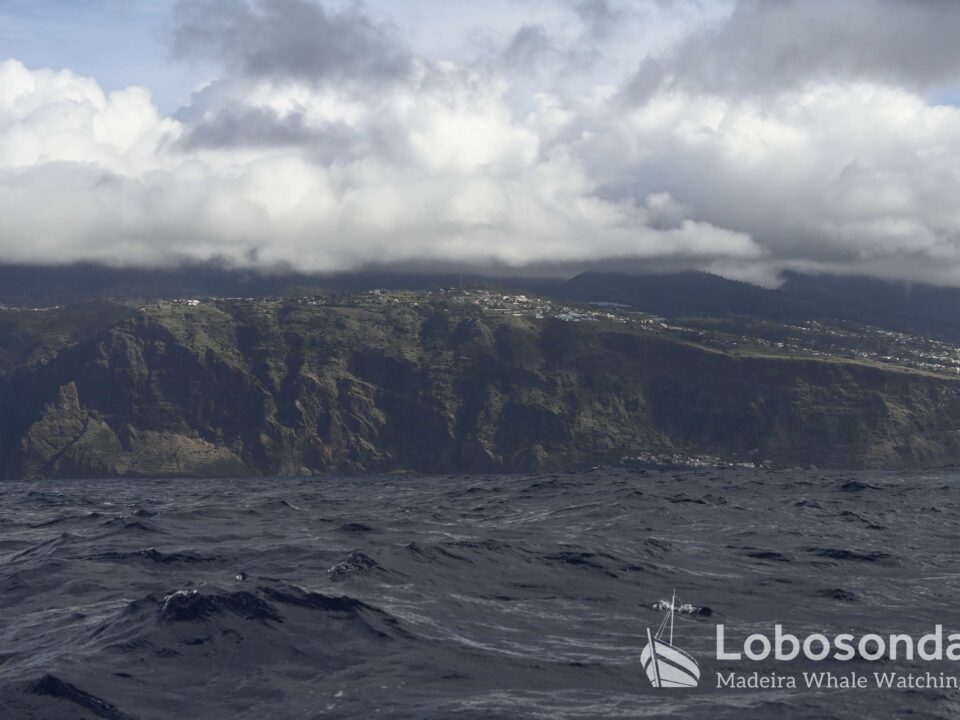
20.06.2022 – Far and wide
June 24, 2022
22.06.2022 – Masters of the ocean surface
June 26, 2022Madeira’s subtropical climate and warm waters, especially in summer, attracts a number of animals that are considered more tropical species. Today we saw two cetacean species that tend to frequent the warmer latitudes of our planet, each a member of the two larger cetacean families.
An evasive baleen whale was travelling hastily through the waters around Madeira but our team managed a brief sighting that allowed us to identify the animal as a Bryde’s whale (Balaenoptera edeni). The species stands as the only rorqual with three rostral ridges along its snout and is believed to remain in the more tropical waters of our planet, prompting our team to often refer to it as the tropical whale. More and more research is being done on how these elegant filter feeders use Madeira as a habitat and photo ID data-based research in local scientific institutions has even shown that some individuals return to Madeira time and time again. The identification key mainly focuses on dorsal fin markings, which are long-term features that allow the recognition of individual whales.
The Atlantic spotted dolphins (Stenella frontalis) are another warm-water loving species we had sightings with today that just happens to have another feature for identification apart from dorsal fin. A spot pattern, unique to every individual, begins to decorate the animals body as it matures and it is used, along with the dorsal fin, for population studies.
It is particularly vital that we support research on cetaceans, particularly those that have an obvious attachment to specific habitats and conditions. Both the Bryde’s whale and the spotted dolphins are examples of species that, with further population research and efficient conservation, could continue to enjoy the same distribution.
By Paula Thake
Sightings of the day
Stenella
09:30 Atlantic spotted dolphins, Bryde’s whale
15:00 Atlantic spotted dolphins














